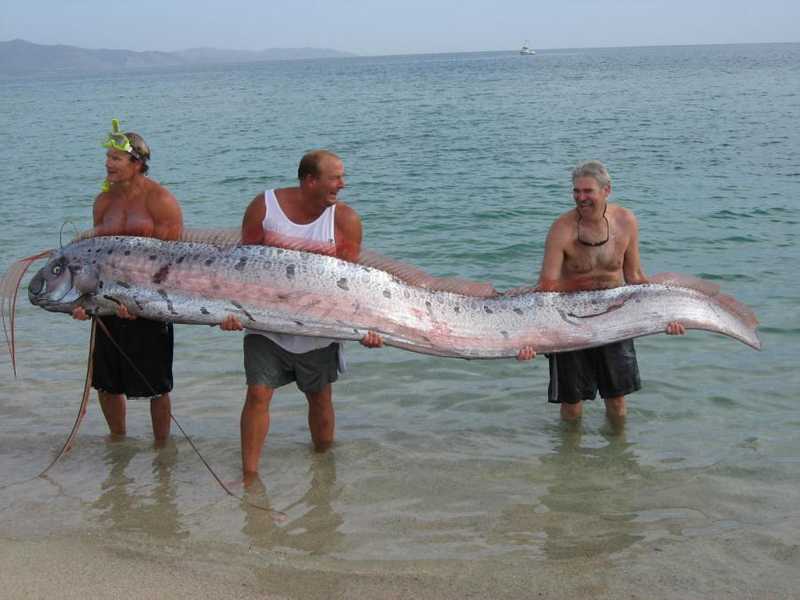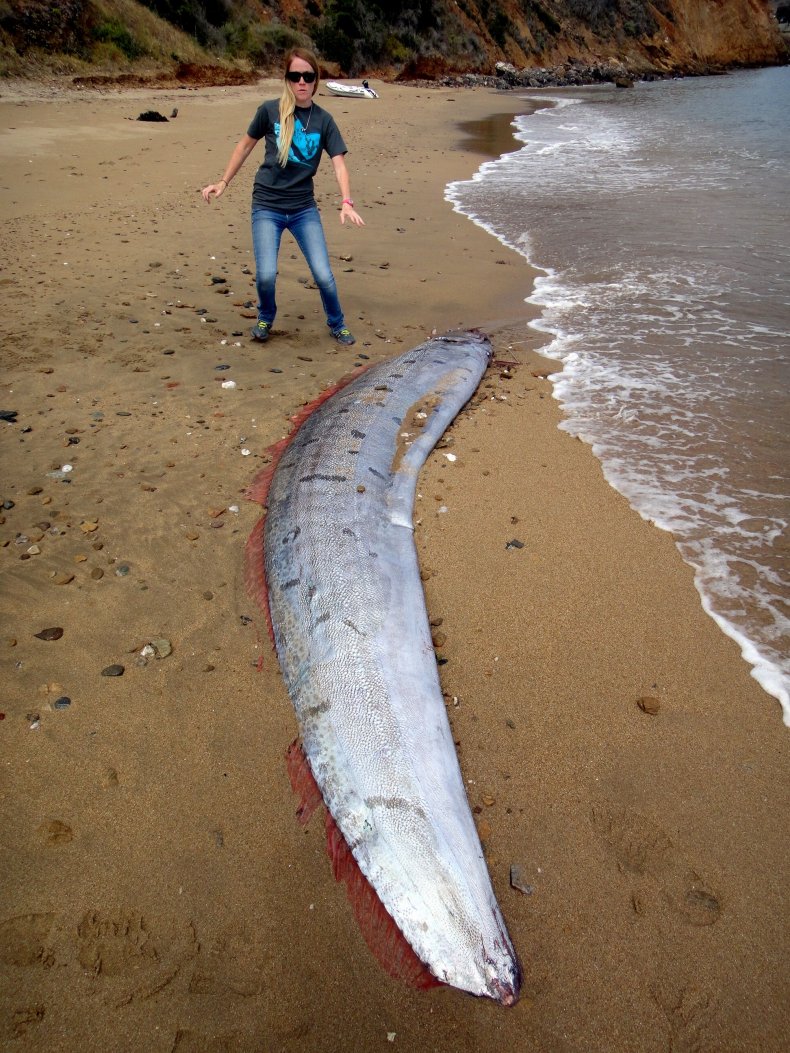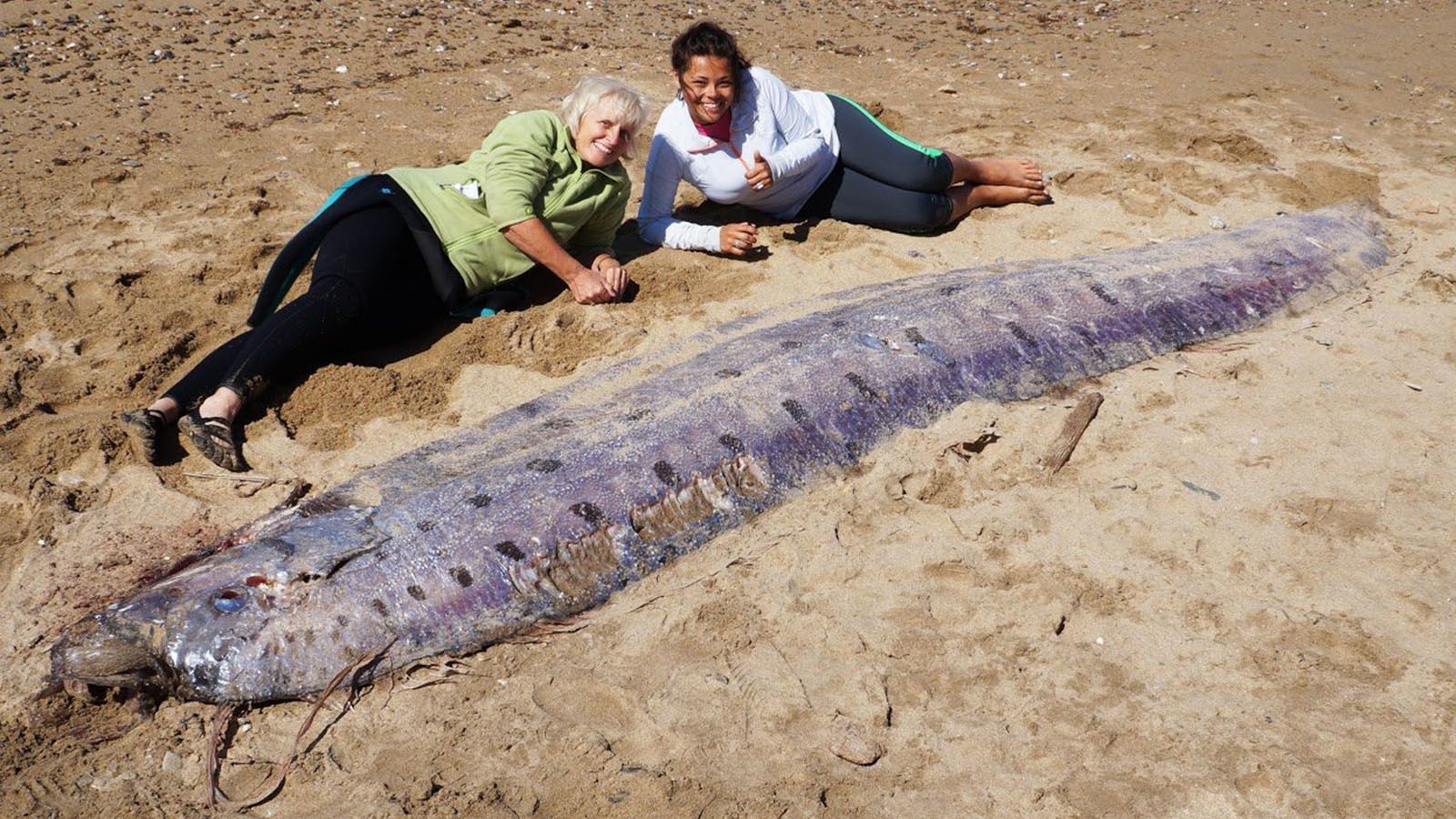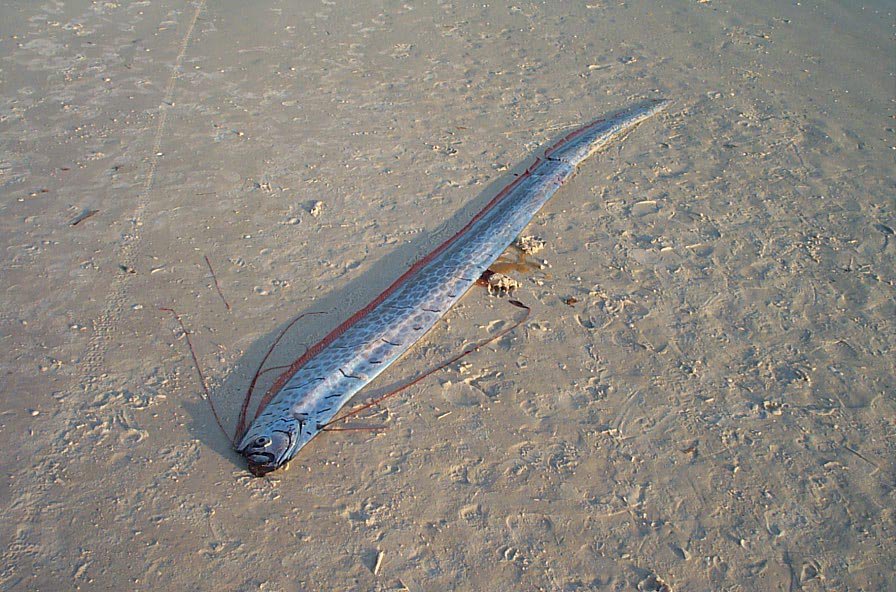The Oarfish: Exploring the World’s Longest Bony Fish

The Oarfish, also known as the “King of Herrings,” is a fascinating creature that holds the title for being the world’s longest bony fish. Measuring up to an astonishing length of 36 feet (11 meters), this elusive deep-sea dweller has captured the imaginations of scientists and explorers alike.

Found in temperate and tropical oceans around the globe, the oarfish is known for its slender, elongated body and vibrant silver color. Its unique appearance, with a ribbon-like dorsal fin running the length of its body, gives it an otherworldly and majestic presence. The fish derives its name from its long, oar-shaped pelvic fins, which resemble the paddles used in rowing.

Due to its preference for deep waters, the oarfish remains largely a mystery to researchers. It spends the majority of its life at depths of around 3,000 feet (900 meters), making sightings a rare occurrence. However, when the oarfish does venture to shallower depths or washes up on beaches, it never fails to captivate onlookers with its extraordinary size and appearance.
Scientists believe that the oarfish’s impressive length is an adaptation to its deep-sea habitat. Its slender body allows it to navigate through the water column with ease, while its silvery coloration helps it blend in with its surroundings. With a diet consisting mainly of small fish and plankton, the oarfish uses its long, toothless jaws to capture its prey.

One of the most intriguing aspects of the oarfish is its tendency to surface and wash ashore prior to seismic activities such as earthquakes or tsunamis. This behavior has led to various myths and legends associating the oarfish with predictions of impending natural disasters. While there is no scientific evidence to support these claims, the oarfish’s deep-sea habits and sensitivity to environmental changes make it an intriguing subject for further study.
Despite its intimidating size, the oarfish is not known to pose any threat to humans. Its docile nature and preference for deep waters keep it far away from human populations. Encounters with these magnificent creatures are primarily through scientific expeditions, deep-sea submersibles, or chance sightings by lucky divers and fishermen.

The study of oarfish is crucial for understanding the biodiversity and ecological dynamics of our oceans. By unraveling the mysteries surrounding these enigmatic creatures, scientists can gain valuable insights into the delicate balance of marine ecosystems.
As our understanding of the oarfish continues to evolve, so does our appreciation for the wonders of the natural world. The exploration of this extraordinary species serves as a reminder that there is still much to discover beneath the surface of our oceans. The oarfish, with its remarkable length and graceful presence, reminds us of the beauty and diversity that awaits us in the depths of the sea.



